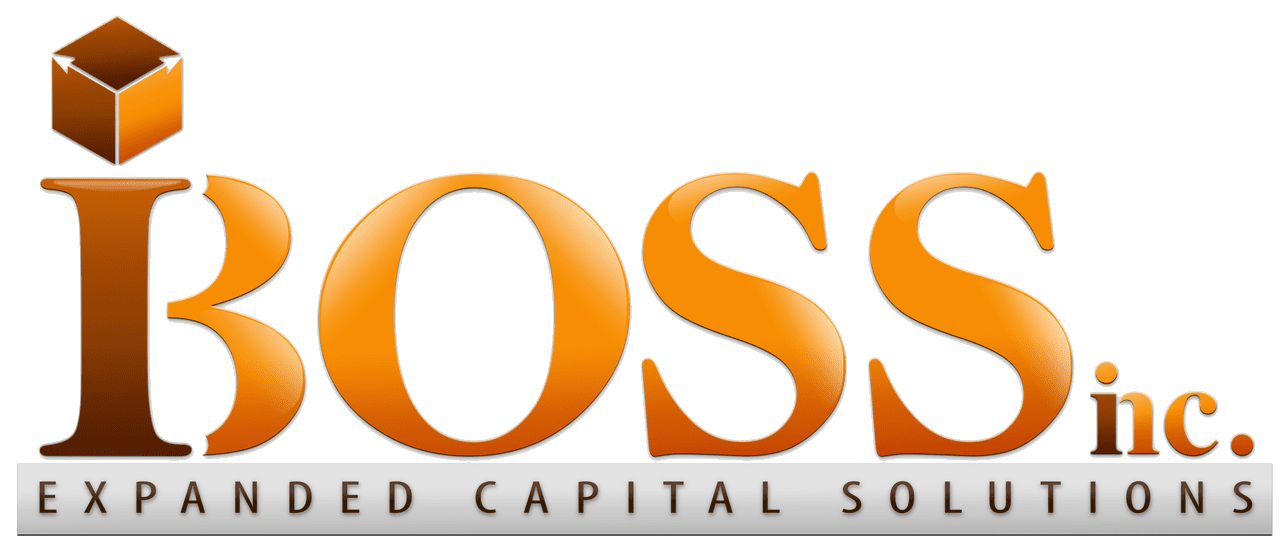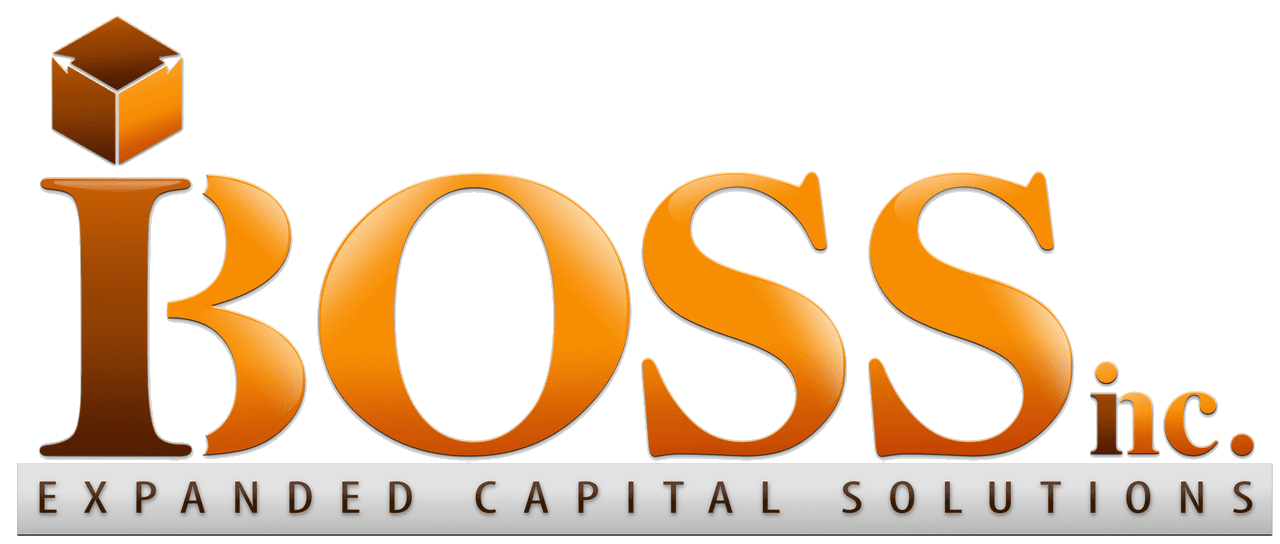03 - Assessing the Right Time to Sell Your Business
03 - Assessing the Right Time to Sell Your Business
![]() | Disclosure and Transparency Statement: This article includes AI-generated content; see the complete statement below.
| Disclosure and Transparency Statement: This article includes AI-generated content; see the complete statement below.
In the dynamic world of business sales, identifying the right moment to transition ownership requires strategic insight that goes beyond random chance. It demands understanding your personal goals, evaluating your company's trajectory, and interpreting economic signals clearly. As an advisor guiding countless leaders through ownership changes, I recognize that timing is not about fortune but strategy and perceptive planning.
Shifting market appetites offer invaluable cues, yet these are not whimsical indicators. They reflect methodical movements - an uptick in industry, changing consumer behaviors, or macro-level events rippling the economy. My role is to decipher these patterns for you. Take, for instance, a recent exit by a pioneer in cloud data security. They sold at the crest of market demand by capitalizing on surging cyber threats capturing executive attention. Or consider a beloved local bakery chain that aptly sensed the rise of artisanal eateries. They preempted waning interest and drew buyer enthusiasm by reinventing around a farm-to-table concept before entering sale discussions.
In both cases, the convergence of personal readiness, business maturity, and market momentum guided impeccable timing. Such deliberate synchronization epitomizes the most lucrative ownership transitions - rewarding entrepreneurs with robust deal valuations and the satisfaction of well-charted exits. From crystalizing personal ambitions to navigating handling economic cycles, our work together can strategically determine the optimum time for you to pass the baton.
Understand Market Dynamics
Understanding how markets ebb and flow is vital for any business owner thinking about an eventual exit. Markets are living forces, shifting with investor moods, industry changes, and consumer tastes. When confidence is high, and money flows freely, you can sell at top value and draw eager buyers.
For those envisioning an exit in the next five years, keeping a sharp watch on market dynamics isn't just smart - it's essential. Spotting trends early and adapting your exit plans gives you an edge between an okay outcome and an ideal one. The ability to adjust your approach positions you to ride the upside of market highs.
On the flip side, owners on a tight timeline must stay agile. Rapid shifts call for readiness to make your move at the right moments. When a surge of opportunity comes, you must catch that wave quickly to capitalize on optimum value, even without abundant lead time.
In short, tuning into the pulse of the marketplace helps any leader aiming for a firm exit. Whether your horizon is near or distant, insight into market forces allows you to play to positive momentum, which lets you orchestrate an exit tailored to the times at hand - and exit with a flourish on your terms.
The Market's Symphony
In business deals, timing is everything - the pivot point between an average outcome and a phenomenal success. Each sector dances to its own beat, shaped by economic forces, competitor moves, and buyer appetite. You listen closely to this melody as an owner, attuning your exit to hit the high notes.
For those strategic entrepreneurs thinking years ahead, you're the conductor, orchestrating each movement towards your culminating exit. Like a maestro, you fine-tune performance to crest on the swell of market peaks while gracefully gliding through slower periods. You envision your crescendo - your company valuations amplifying amidst peak demand to land optimal deals.
For owners on a compressed timeline, think of a nimble soloist. It would help if you leaped into the fray precisely on cue, your tactics snapping into alignment with present conditions. Ever ready to act, you await each market uptick, moving decisively when opportunities arise to lock in prime value.
Whether you're directing long-term strategy or rapidly adapting to current dynamics, reading your industry tempo is essential. Just as flawless timing captivates audiences across a concert hall, exits synchronized to the pulse of markets entice buyers, commanding top dollar. So pick up your baton as a visionary conductor or ready your instrument as an agile player. Setting your move to market beats makes all the difference between average outcomes and phenomenal success.
Interpreting Financial Indicators
A company's finances form the bedrock of its market value, whispering stories of stability and prospects to potential buyers. Profit margins, cash flows, EBITDA - these signal present health and future promise. When the numbers align, they become a siren song attracting ideal suitors.
For strategic entrepreneurs building long-term exit plans, financials are threads they can weave over time, fine-tuning operations to display escalating growth and painting a picture of a thriving business poised to continue ascending under new ownership. Continuity of robust financial performance tells a compelling narrative that resonates with investors seeking prosperity and upside.
However, when compressed timelines unexpectedly move up exit horizons, the task becomes distilling your financial essence. How can you spotlight strengths while shoring areas of wear? Maybe rapidly implementing initiatives to boost profits, streamline for improved cash flow, or creatively reposition to shine. Each adaptation helps retouch the portrait of health and potential for would-be buyers.
Ultimately, energetic financials guide a company's journey in the marketplace, whether on a multi-year odyssey or an abbreviated sprint. The focus is on nurturing numbers that underscore growth, stability, and promise. Because fostering economic vitality not only sustains the enterprise but makes it even more viable for transition when the time comes. The better the financial narrative, the stronger the pull on discerning buyers.
Financial High Notes and Low Notes
A business's financial signals can either captivate or repel potential buyers. For strategic entrepreneurs, exiting is not just a Plan B but part of long-term choreography - setting up to pirouette through inevitable ups and downs. This buffers enterprise value when markets fluctuate, so fiscal health doesn't skip a beat.

Consider a digital marketing firm whose consistent client revenue growth hit resonant notes for years - an alluring melody enticing buyers. Their exit strategy accounted for dips, safeguarding valuation despite economic tides.
Owners on a tighter timeline must orchestrate fiscal affairs with precision. They amplify profitable areas while quieting less successful ones, vigilantly managing cash flow, optimizing margins, and strategically handling EBITDA.
Take a family restaurant facing urban competition and redevelopment's crescendo. With compressed room for improvisation, they must swiftly re-compose financials to retain buyer appeal. Maybe streamlining operations or innovating their menu for operational integrity that still hums.
Whether devising a gradual exit strategy or a progressively faster sale, the objective is to create a financial story that is both robust and captivating. Keeping fiscal harmony aligned with the value sweet spot makes your business impossible for buyers to ignore, regardless of tempo.
Gauging Your Business's Lifecycle
Gauging where your business sits in its lifecycle is crucial to sculpting exits that captivate buyers. Strategic sellers with time build exits amid growth crescendos - when potential hits peaks that highlight future promise. A 5-year runway lets you craft a progression arc, illustrating ascending trajectories that entice buyers to grab trajectories headed up, up, up.
Take an organic food firm meticulously expanding market share and online sales over five years. By showcasing accelerating growth pre-maturity, they spin compelling narratives that buyers ache to continue shepherding to new heights.
With compressed timelines, the spotlight shifts. Has your enterprise crested or begun a gradual descent? Now, you underscore stability and reliability - those qualities that promise continuity under new stewardship. Emphasize loyal customers, dedicated staff, and sturdy infrastructure.
Say a small-town hardware store with deep community ties but little runway. Buyers frame the business by stressing trusted relationships and steady revenues as a turnkey pillar that can uphold rather than reinvent - selling the ready-to-go appeal.
Whether riding high growth or highlighting dependability, both lifecycle strategies can excel when grounded in self-awareness. The key rests in playing to the strengths of your chapter - then exiting becomes not just timed but masterfully orchestrated for advantage. This positioning puts wind behind your sails, smoothing passages to sales that meet your vision.
Growth Stage: A Crescendo of Opportunity
When enterprises hit high-growth phases, it's like an orchestra reaching a powerful crescendo - potential swells, and promise seems tangible. This apex crystallizes years of groundwork for strategic sellers into compelling success narratives ripe for acquisition.
Like tech founders who architect exits into business DNAs when innovative apps enjoy adoption surges, markets have penetrated, and concepts are proven. It's catnip to acquirers seeking rising stars with momentum.
Those with a 5-year outlook strive to foster sustainable expansion that transcends the transient. They parse customer insights and market signals, steering with steady hands towards tomorrows as robust as today's. The value being built must wow future buyers, too.
With compressed runways, showing meaningful expansion already unlocked becomes vital. Articulate how you've laid pipelines for growth under new ownership, maybe via loyalty programs, strategic partners, or creative marketing lifting trajectories over time.
In essence, growth stages fuse opportunity and foresight. Whether you've been laying tracks for years, are mid-journey, or are accelerating near-term exits, the focus is showing the growth achieved and locking its trajectory to captivate ideal buyers, which captures your endeavor's full value in a transition you orchestrate on your cadence.
Declining Stage: The Challenge of Gradual Reduction
Guiding downturns is akin to conducting orchestras through gradual volume reductions - the melody must remain captivating even as the sound softens. This apparent conclusion can uncover intervals for revitalization. Strategic long-term planners see beyond temporary trails - with ingenuity and action, downturns can crescendo into new rises.
Take a once-thriving retailer facing shrinking margins amid e-commerce disruption. With runway, they meet this dimming not with surrender but with strategic pivots - maybe experiential storefronts or bolder online plays reflecting new consumer paths.
With compressed runways, agility and resolve become paramount. Swift moves to stabilize through streamlining products or boosting online presence work to position the business as a diamond in the rough - prime for transformation under fresh stewardship.
In both cases, the essence is redefining narratives from decline to possibility. Not masking dimming metrics but spotlighting enduring promise - loyal customers, respected branding, and untapped markets. It's about creating narratives that envision the future beyond current volume reductions to the crescendos of revitalized businesses under new leadership.
Whether navigating long arcs or urgent change, recognizing and communicating the intrinsic value that remains amidst decline can set the stage for strategic exits. Meet the moment with courage and possibility, orchestrating second acts for enterprises weathering interlude storms.

Weighing Personal Goals
Your readiness to exit plays a pivotal note when composing a strategy. For those who plan for the long term, selling is the culmination of well-orchestrated masterpieces - personal aspirations interwoven with business rhythms to create seamless crescendos.
Take an entrepreneur who built a design firm from scratch, always envisioning an eventual sale to enable philanthropy and sabbatical dreams. Having aligned growth with personal goals for years means that when markets peak, they can sell a business and a chapter of their life's work.
With condensed timelines, personal aims must adapt to current melodies, striking chords between ideals and achievable. Say a family firm owner needing sudden relocation accelerates their sale, blending imperatives with opportunities to still finalize on fortuitous notes.
Whether crafting decades-long compositions or improvising to unexpected inflections, the duet between personal vision and market realities is critical. Both warrant consideration to culminate sales feeling financially and emotionally triumphant - rewarding finales to pivotal life movements. The fruits of one's efforts ought to empower the next beginnings one has in mind when passing batons.
Macro-Economic Considerations
Macroeconomic tides can profoundly sway exits, for better or worse. Strategic long-term planners often align endgames with prosperity - observing GDP, inflation, interest rates, and more for the most lucrative crest to list their enterprises.
Like seasoned manufacturers monitoring domestic production policies, they can ride a wave of success with latitude - selling when their sector enjoys tailwinds, valuations peak, and capital flows freely.
But with compressed runways, say five years, nimbleness and quick reactions are compulsory. Keep a sharp watch on economic forecasts, ready to pivot strategies amid interest rate hikes, consumption shifts, and more.
Take a software firm owner who accelerates their timeline to preempt forthcoming credit tightening. They proactively seize windows before closing by capitalizing on high capital availability first.
Whether long or short composing, an attuned economic eye is key, it allows for riding waves. At the same time, waters are warm and sheltering from storms until climates improve. Staying informed and agile helps navigate towards the most favorable endgames - and the personal outcomes these enterprises were built to enable.
The Buyer's Calendar
In deals, aligning with buyer rhythms can catalyze timely, lucrative outcomes - "timing is everything" rings true. Long-term strategists embed buyer calendars into exit plans. Analytically observe when engagements surge, then stage sales amid cresting waves.
Like that holiday decor seller preparing before seasonal peaks when demand balloons - tapping heightened interest from acquirers looking to capitalize on imminent festive rushes.
With 5-year horizons, awareness of industry M&A cycles proves invaluable. It allows steering exits toward acquisition enthusiasm high tides. Meanwhile, tight-timeline entrepreneurs must read market pulses, ready to make moves when humming buyer interest crescendos into action, like tech startups riding remote work solution tailwinds.
Every scenario benefits from grasping when buyers hunger for deals. It enables perfectly positioning enterprises on stage just as curtains rise and the spotlight hits - aligning with audience tempo to capture attention and maximize success probabilities. The difference between performing in empty theaters or packed houses is intuitively sensing the ideal rhythm.
Real-World Success Stories
Tales of innovators and pioneers navigating distinct routes to success abound in our dynamic commercial era. Take that AI startup that strategically embedded exit plans into its model, only to ride an unexpected wave of market fervor for its platform. This serendipitous demand spike enabled a lucrative, well-timed acquisition to carry its solutions forward.
Contrast that with a boutique retail chain buffeted amid industry saturation yet glimpsing opportunity in adversity. A potential buyer offered e-commerce lifelines to reinvigorate relevance, which mandated bold rebranding and an unflinching commitment to harnessing digital currents. But it buoyed new growth avenues when old models faltered.

The startup's saga showcases the foresight to align with emergent forces and the power timing carries in volatile sectors like tech. Their harmony with market appetites enabled securing continuity for their innovative vision.
Conversely, the retailer's odyssey highlights the need for agility when winds shift - a willingness to reinvent that can unlock new life. By embracing digital transition, they reenergized their brand and discovered new channels to engage customers.
Both chronicles affirm the varied paths enterprises take toward sustained vibrancy. Whether the startup's well-orchestrated exit amid high demand or the retailer's responsive transformation to changing behaviors, the keys persist - strategic foresight, adaptability, and courage to remain essential compasses in navigating any landscape.
The Maestro's Decision
Directing seamless exits recalls a maestro's deft hands - blending mastery of scores, musicians, and moods for flawless finales. Likewise, synchronizing market know-how, business readiness, and personal goals creates commanding closure.
Consider the maestro's cue through a market lens - consumer trends, economic tides, and industry currents. Attuning to these patterns at times when your offerings align with peak appetite. Identify the crescendo where business value swells, ensuring you strike precisely as audiences lean forward.
Your enterprise's performance additionally paces exit tempo. Evaluating financials, market fit, and operations tells you when to make strategic moves. Like tech firms capitalizing on user surges to exit at opportune high notes.
Personal dreams - retiring to Tuscan vineyards, launching fresh startups, or cementing legacies—must harmonize, too. These shape if, when, and how your bow will be taken for resonant closure.
In essence, directing commanding exits melds multifaceted arts - balancing receptive markets, enterprises in stride, and goals realized. Conduct this symphony with savvy and heart to reap financial rewards and celebrate your odyssey's magnificent opus.
Upcoming Article Summary: Next, we delve into "Fostering Interest," a strategic guide to nurturing your investor funnel with targeted engagement, ensuring every prospect stays informed, interested, and eager to invest.
Previous Articles In This Series:
01 - Beginning with the End in Mind: An Overview of Mastering Your Business Exit - Unlocking the Exit Strategy for Solopreneur Concerns through Small Business Owners
02 - Laying the Foundations: Building Your Business with an Exit in Sight - Strategic Development from Startup to Sale-Ready
Disclosure and Transparency Statement:
This article is founded on my industry knowledge and expertise, coupled with the assistance of artificial intelligence (AI) tools. As a committed advocate for small businesses and a pioneering voice in expanded capital solutions, I leverage technologies such as OpenAI, Bard, Bing, Claude, Grammarly, and other aids in my productivity, research, and composition processes interchangeably. This includes writing, editing, refining, or assisting in creativity, brainstorming, or outlining. The core substance of this content is sourced and prompted by my extensive experience and industry acumen of over 30 years. This and other blog posts have been refined to provide clarity and substance in service to the readers' success.





